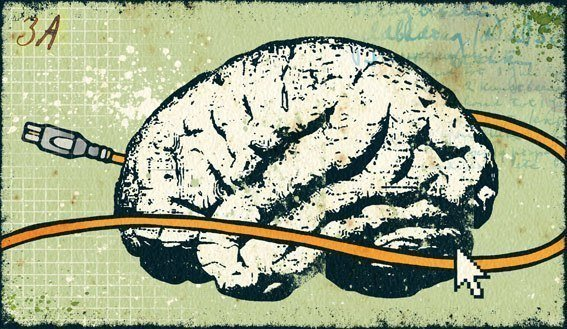Stereotypes
Hello everyone! This is Stalilingus! As usual, bringing you the best content for the weekend! Today, let’s talk about stereotypes.
When someone is said to “think in stereotypes,” it usually means they have a limited set of ideas about what’s good or bad and what a “real man” should look like. People like this are often the easiest to manipulate. This set of beliefs is a ready-made product that doesn’t require any thought or criticism. But why do we need this kind of mental food, and could it be harmful to our mental health?
By filtering reality through stereotypes, we do both mental and emotional work—we confirm our knowledge about something and at the same time pass judgment on it.
What Are Stereotypes?
One of the first researchers of stereotypes, Walter Lippmann, described four main features of these phenomena:
- Stereotypes are always simpler than reality—they describe complex phenomena in just a few phrases (for example, the idea of “male polygamy developed through evolution for the widest possible spread of genes” is reduced to “all men cheat”).
- Stereotypes come to us from outside sources (as children, from adults; later, from the media and those around us), not from our own life experience. By absorbing cultural stereotypes, we accept them as absolute truths without criticism or reflection.
- All stereotypes are false because they assign certain traits to a person simply because they belong to a particular group (“when talking about love, Indians switch to music and dance,” “Americans only eat hamburgers,” “Old Believers have beards down to their waists”).
- Stereotypes are often more convincing than the reality in front of our eyes: if we meet a serious and businesslike Indian, we might just shake our heads and decide he’s the only Indian in the world who doesn’t sing or dance.
As you can see, stereotypes always refer to a group of phenomena, not to a specific individual. The classic formula for a stereotype is: “All X have property Y”—”all Chinese people are short” (even though the tallest NBA player, Yao Ming, is Chinese and stands 7’6″), “rap is music for African Americans” (Marshall Bruce Mathers III, better known as Eminem, would disagree), “golf is a game for rich men” (at the 19th Russian Golf Championship, there were 32 male and 16 female golfers, two of whom play professionally abroad), and so on.
The basis for constructing a stereotype can be nationality (“Italians can’t be faithful”), race (“Asians will never be sincere with you”), gender (“women are dumb”), age (“young people live off their parents”), religion (“Islam = terror”), profession (“all politicians are liars”), and so on.
How Do Stereotypes Work?
Stereotypes are an absolutely necessary tool for our minds. They help us save energy by turning a complex reality into a set of clear and simple judgments. By perceiving the world through the filters of stereotypes, we find ourselves in a simple and understandable world where everything has a label.
As Dr. Igor Kon, a Doctor of Sociology, writes, “Stereotypes are an integral part of everyday consciousness. No one can independently and creatively respond to every situation they encounter in life. A stereotype, which accumulates a certain standardized collective experience and is instilled in an individual through learning and communication with others, helps them navigate life and guides their behavior in a certain way.”
Besides simplifying the world around us, stereotypes help us find common ground with others. People from the same culture form something like a club of shared interests, whose members share common beliefs. Thanks to stereotypes, two groups emerge: “us” and “them,” where “we” are the bearers of all that is good and eternal, and “they” are the bearers of the opposite traits.
On one hand, this aspect of human psychology helps us feel safe among our own kind; on the other, it creates a fertile environment for hatred and fear.
Yours, Stalilingus



